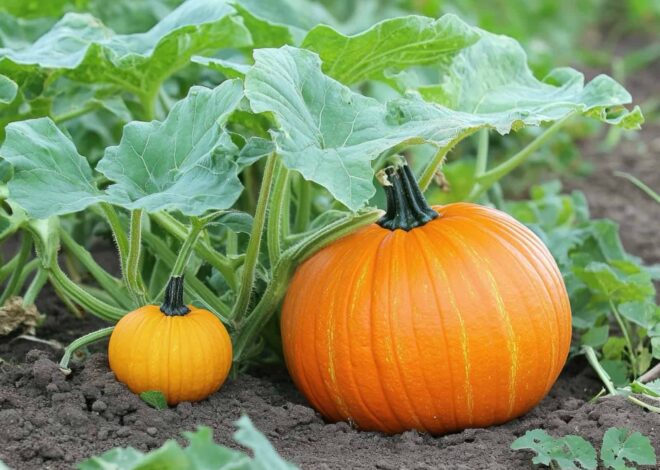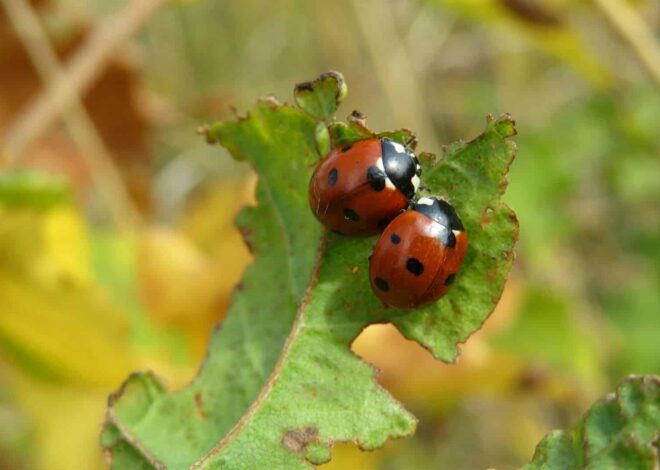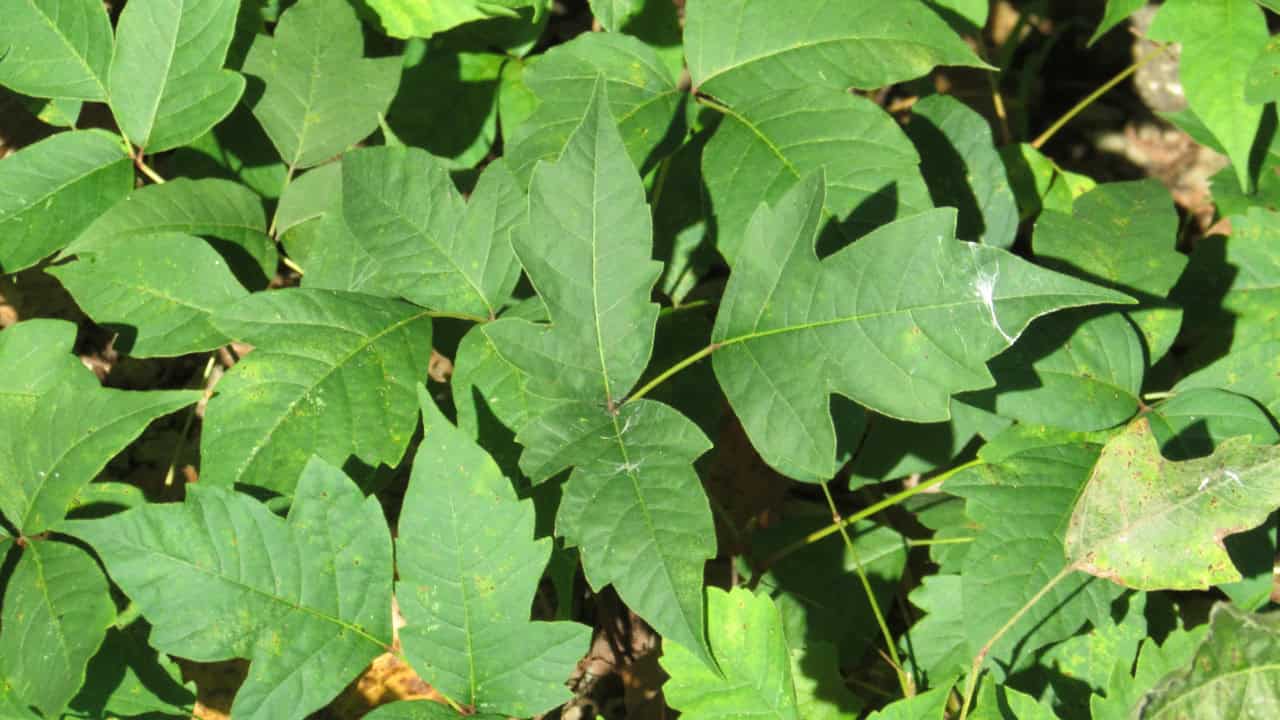
13 Toxic Crops That Would possibly Be Hiding in Your Home and Yard * Large Weblog of Gardening
Determining which poisonous crops are spherical your personal dwelling can protect you, your youngsters, and your pets from a medical emergency.
After I used to be a child, my five-year-old sister decided the proper decision to her late-night hunger was to eat the Peace Lily plant in our entrance room. I vividly take into account her shiny pink face and swelling tongue. I nonetheless take into account the emergency room — and the reality that none of my family ever decided to eat a random plant as soon as extra.
Motivated to forestall anyone else from going by means of which have, we’ve compiled this guidelines of widespread poisonous household crops that the U.S. Division of Effectively being and Human Suppliers warns is perhaps dangerous when ingested, inhaled, and even touched. We’ve moreover included crops which is perhaps dangerous to pets.
Poison Ivy
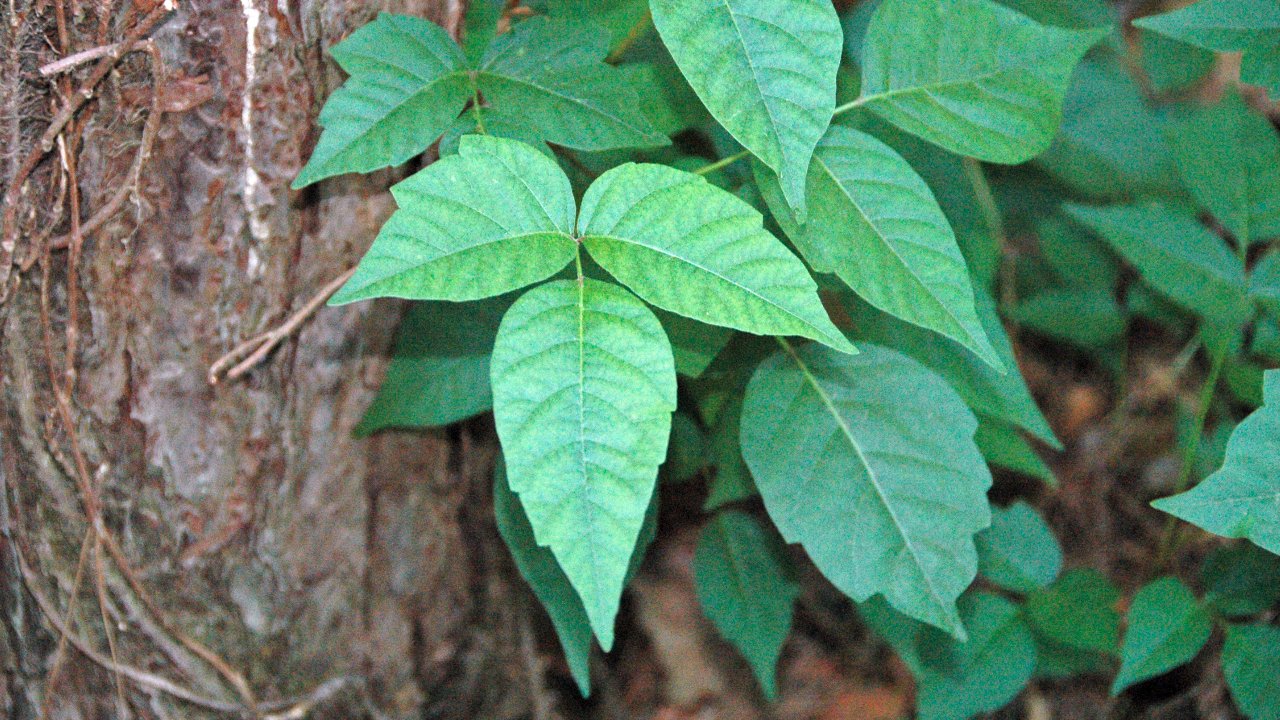
Native to North America, Poison Ivy usually grows in yards and throughout the partitions of buildings. It produces an itchy rash by means of direct contact or inhalation when it’s burning.
The response is triggered by the plant’s clear, oily sap which accommodates the extraordinarily irritating ‘urushiol’. Even decrease than a grain of salt of the irritant could trigger a response.
Strategies to Spot It:
- Generally grows like a shrub or vine
- Sub-leaves on each important leaf, with pointed recommendations.
- Would possibly develop white berries.
- Has a hair-like texture.
- Crimson in spring, inexperienced in summer season season, and yellow to pink in fall.
Poison Oak
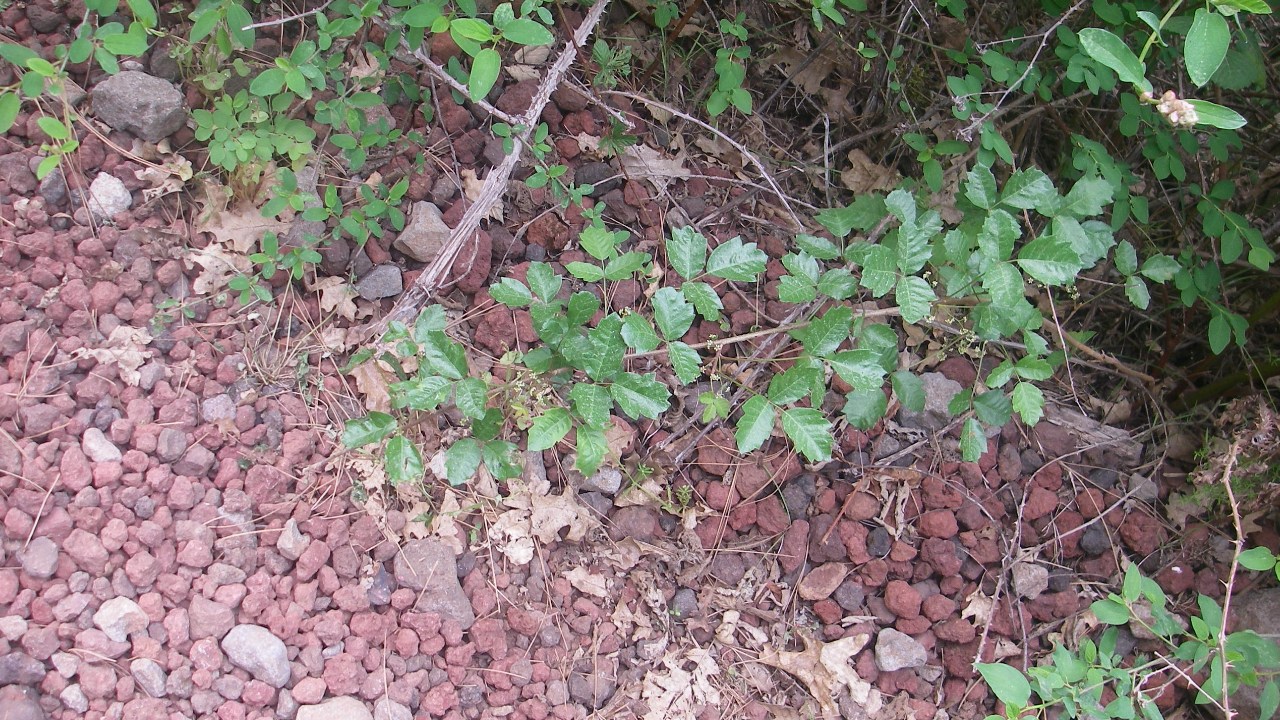
Very similar to Poison Ivy, Poison Oak is just as widespread and in addition will set off an irritating pores and pores and skin rash upon contact or inhalation. It moreover produces urushiol nevertheless indicators must go away inside two weeks. Look out for it rising spherical your timber and partitions to forestall your youngsters from touching it!
Strategies to Spot It:
- Poison Oak normally grows as a vine, not a tree (no matter its title).
- It choices three leaflets with rounded recommendations.
- The undersides of the leaves have a furry-like texture.
- The very best is darker than the underside side.
- It might develop white or yellow berries.
Poison Sumac
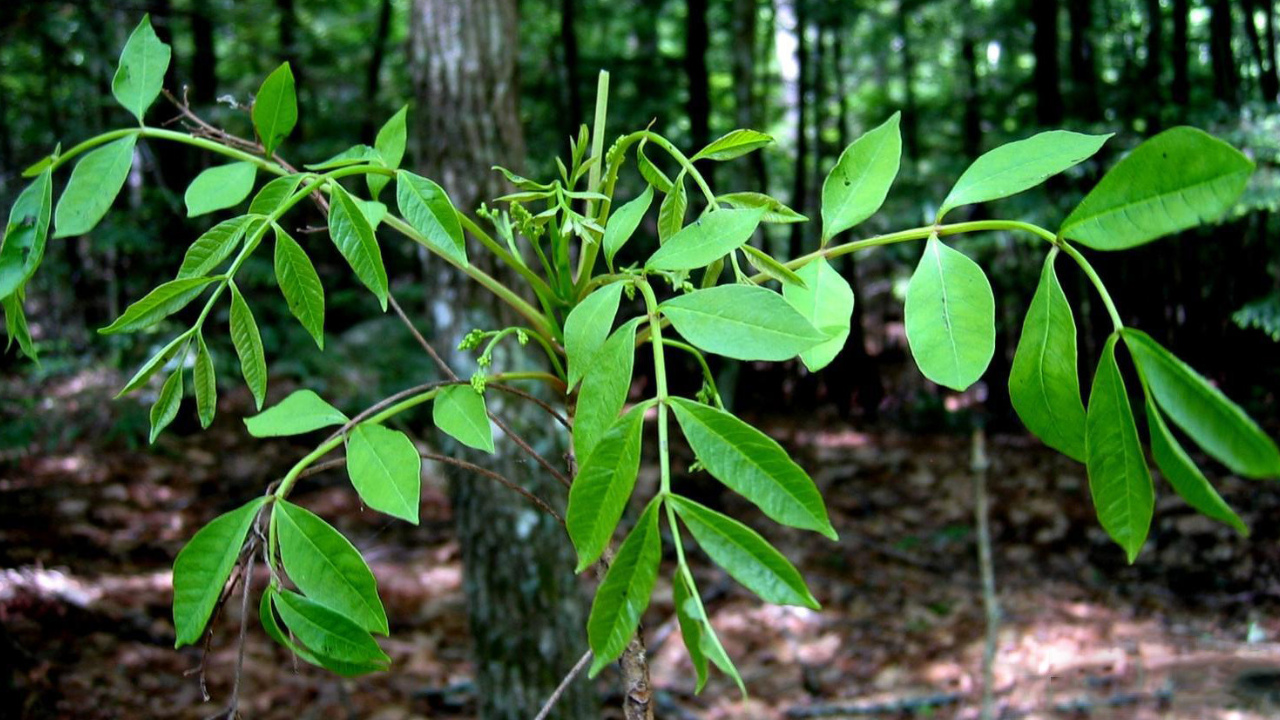
Poison Sumac is taken into consideration further poisonous than Poison Oak and Poison Ivy, no matter moreover inflicting irritation by means of urushiol contact or inhalation.
Poison Sumac can merely be mistaken for the non-poisonous variety of Sumac, nevertheless be warned as minor rashes can develop to be fluid-filled blisters.
Strategies to Spot It:
- Poison Sumac grows as a tree.
- Poison Sumac leaves have spherical seven to 13 leaflets, rising in pairs.
- It might develop cream, yellow, or green-colored berries.
- Do you have to see pink berries, it is the nonpoisonous sumac.
Peace Lily
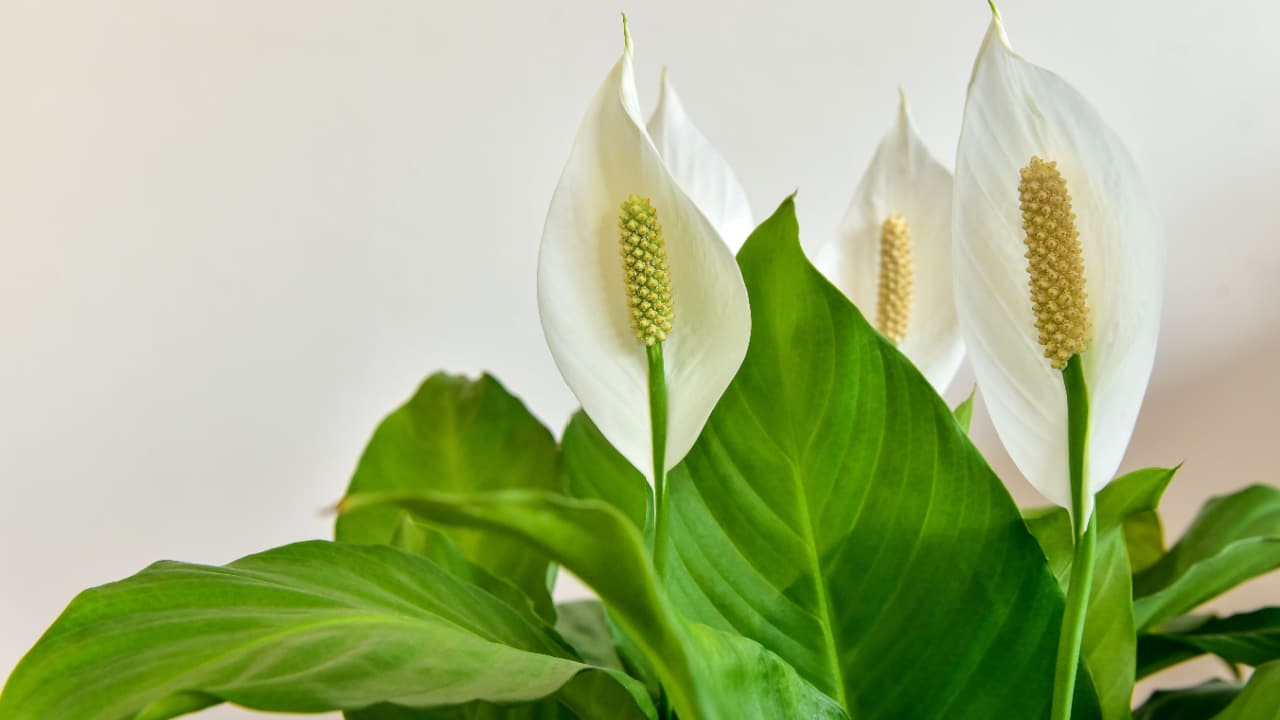
The Nationwide Poison Administration Center research that Peace Lily is definitely one in every of their most complained about household crops.
These pretty flowers might make good decorations nevertheless comprise very small however extremely efficient portions of insoluble calcium oxalate crystals. In case your teenager had been to chunk any part of a Piece Lily then instantaneous swelling to the mouth can occur, adopted by coughing and vomiting.
Strategies to Spot It:
- Peace Lily crops have shiny, darkish inexperienced, oval leaves.
- Their single large white, simple petals embody the yellow spadix.
- Peace Lilies can develop as tall as 2 meters tall.
Elephant’s Ear
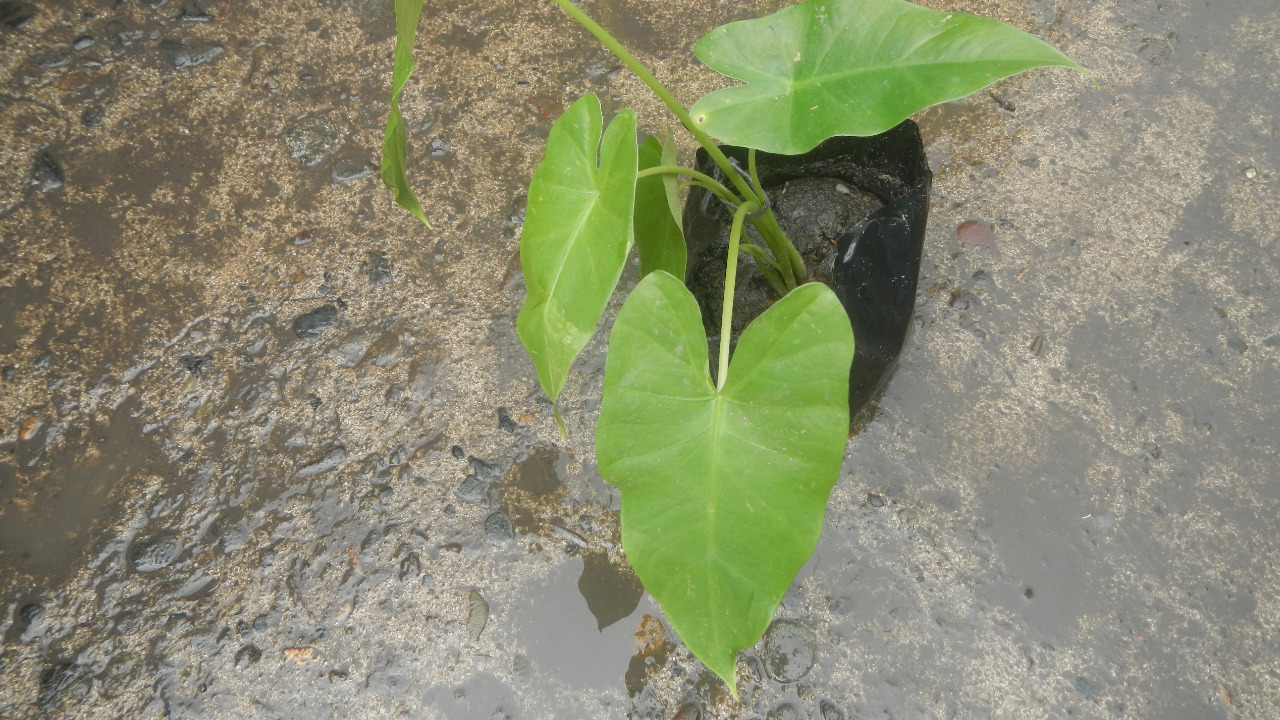
A yard assertion piece ensuing from its large inexperienced leaves, the ‘Elephant’s Ear’ plant will set off pores and pores and skin irritation upon direct contact with the stems and leaves. Reactions might also be introduced on by the plant’s sap, thorns or ingestion. Indicators might embody vomiting or diarrhea.
Strategies to Spot It:
- Very large, heart-shaped leaves that develop in bunches on prolonged, tall stalks.
- A single leaf can develop as large as a human.
- Leaves is perhaps inexperienced, black, purple, yellow, or a mix.
Devil’s Ivy
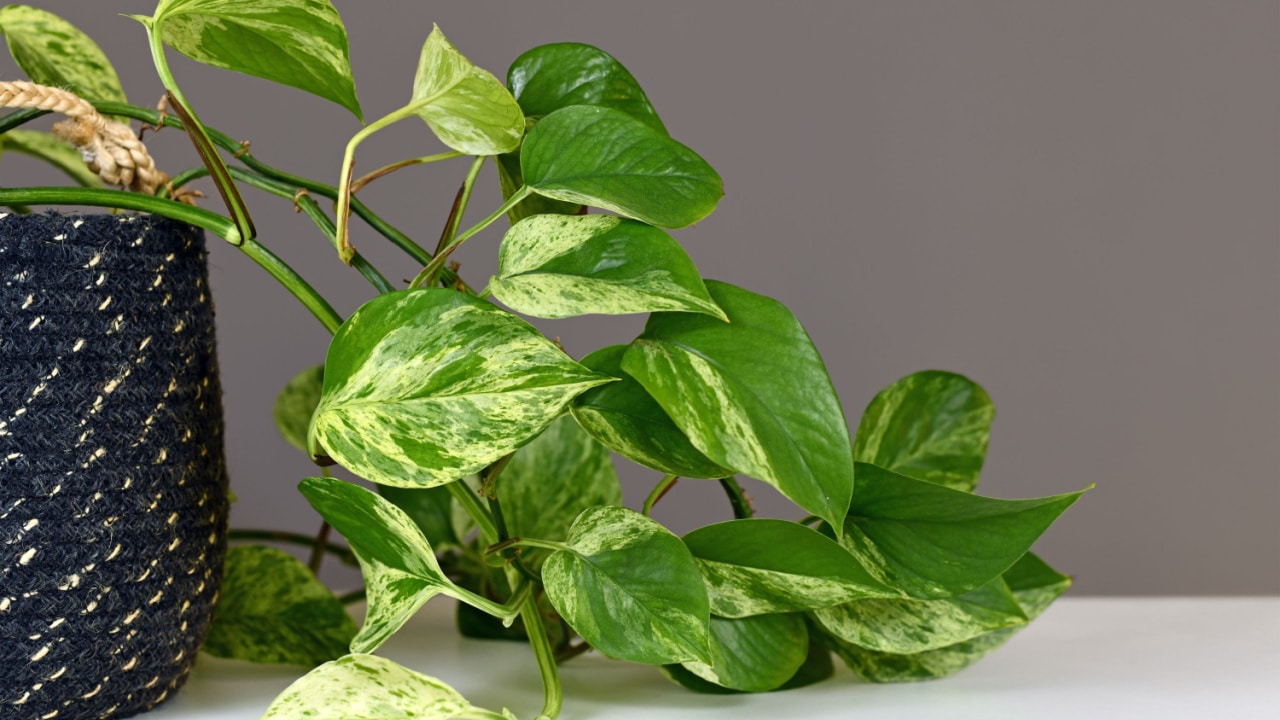
Low-maintenance and good on the eye, Devil’s Ivy, or Pothos crops, are very trendy every inside and outside the home. However when ingested, its calcium oxalate crystals could trigger vital allergic reactions.
Swelling of the mouth, lips, throat, and tongue is perhaps anticipated. Contact with sap may additionally set off pores and pores and skin dermatitis. Pets are liable to struggling reactions after consuming the leaves.
Strategies to Spot It:
- Pothos crops operate heart-shaped leaves.
- Potted Pothos plant leaves will develop as a lot as 20 cm prolonged.
- Large Pothos plant leaves might develop as quite a bit as 100cm prolonged.
- Flowers won’t be normally found on household, cultivated Pothos.
Sago Palm
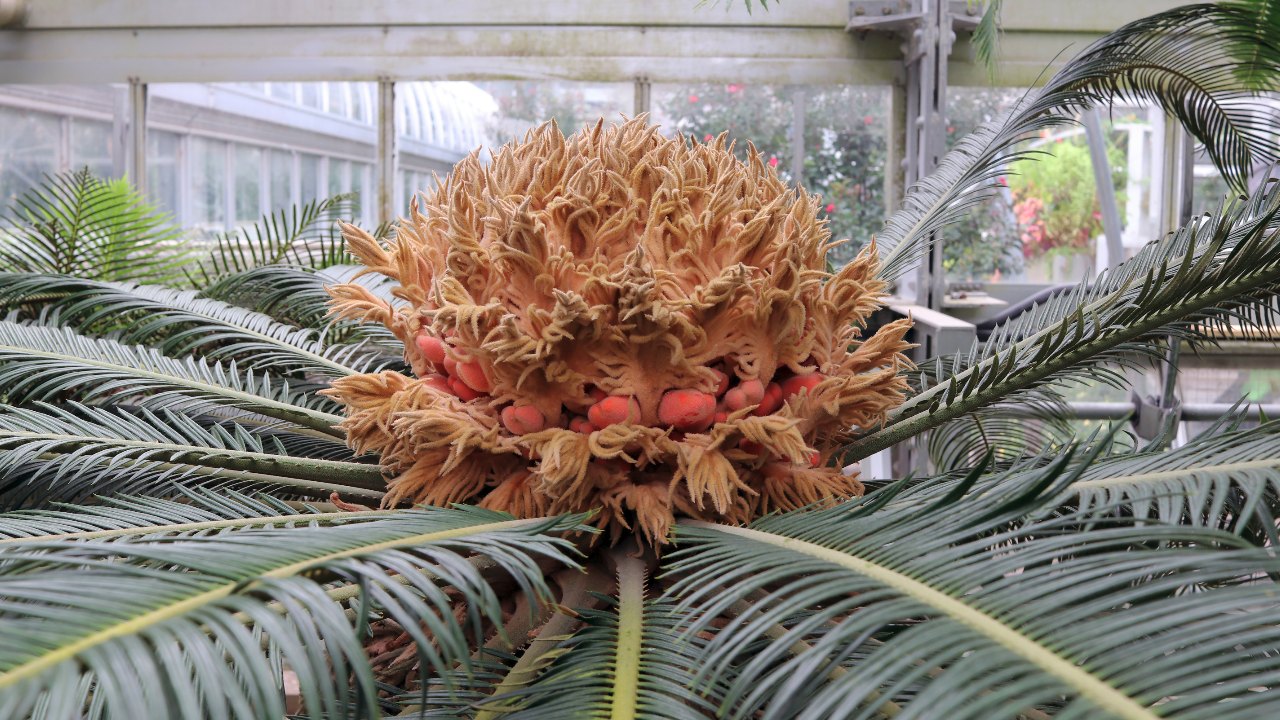
An attention-grabbing and tropical addition to any residence, the Sago Palm is extraordinarily poisonous when ingested. Pets and children are liable to chewing on the plant (and its seeds), resulting in vomiting, diarrhea and even vital hurt to the liver.
Any indicators of discomfort must be immediately addressed as indicators will most likely worsen.
Strategies to Spot It:
- Sago Palms have shiny, darkish inexperienced, and spiky leaves.
- They’ve sturdy, thick trunks.
- The leaves can develop about three to 4 ft prolonged.
- You would possibly uncover spikes, like a cactus, as a result of the leaves develop.
Daffodils
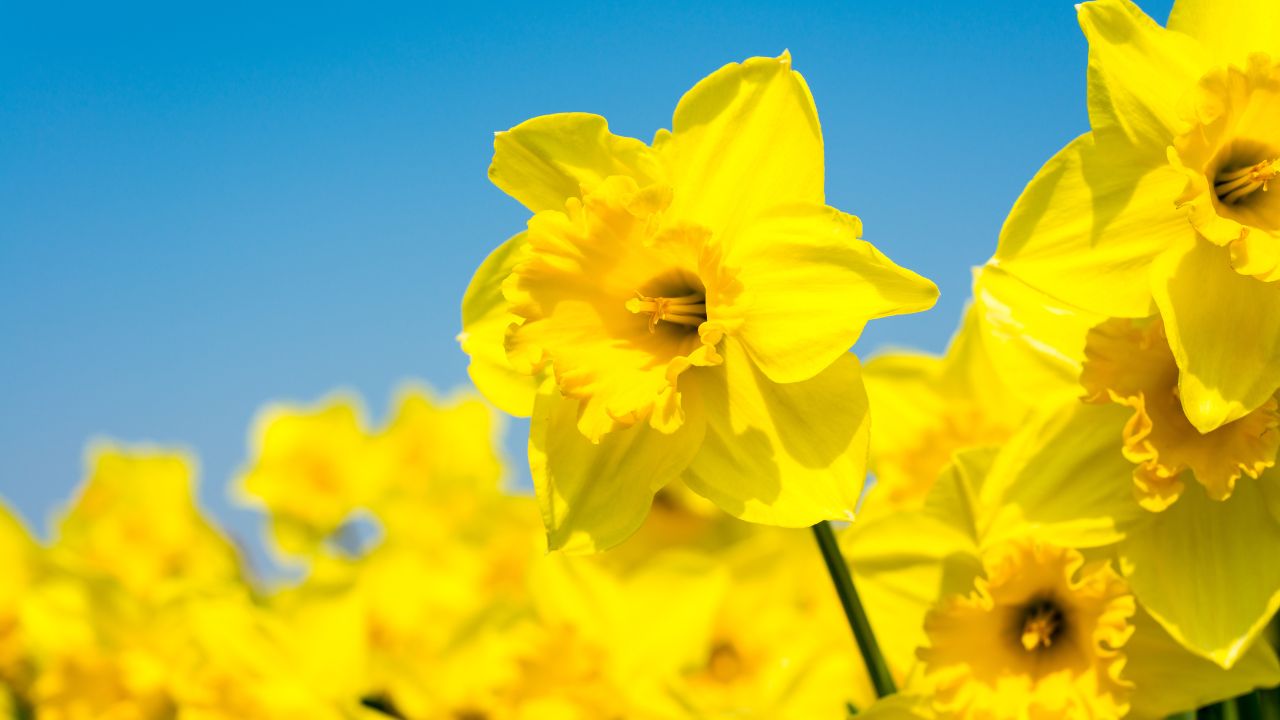
They could look sweet, innocent, and peaceful, nevertheless Daffodils are further toxic than my best pal’s ex. Do it’s a must to swallow or chew on any part of the plant you might rely on mouth irritation, vomiting, diarrhea, and excessive abdomen pains. Fortuitously, the indicators must subside after a few hours.
Strategies to Spot It:
- Daffodils is perhaps observed by means of their six yellow or white petals surrounding the inside central trumpet.
- They’ve prolonged sturdy inexperienced stems and thin leaves.
- One flower grows per stem.
Croton

It might look lovely, nevertheless the in fashion Croton dwelling plant would actually really feel one thing nevertheless lovely in case you contact its sap, get decrease by it, or have a method. You’d pretty not endure from a nasty rash and vomiting, correct?
Strategies to Spot It?
- Vibrant tiny leaves, sometimes current in pots.
- Grows as a shrub.
- Grows tiny white flowers.
Snake Plant
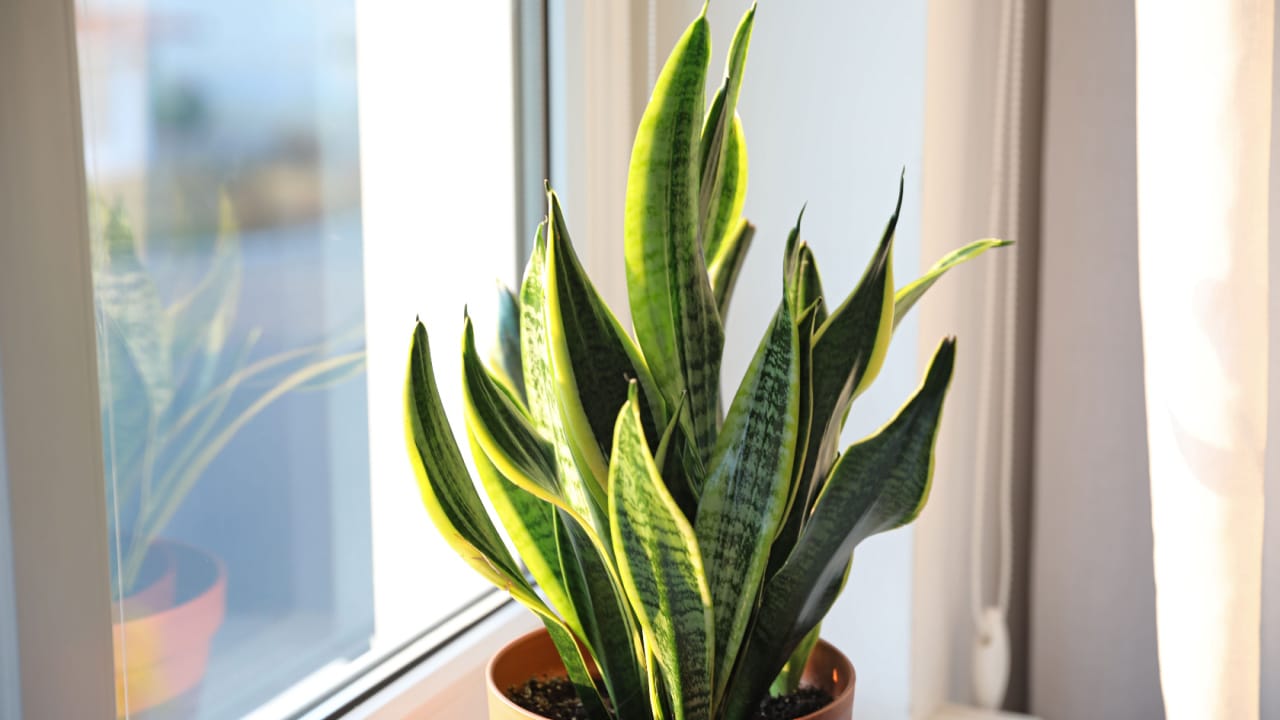
The Snake Plant, or Mother-In-Laws’s Tongue, is also very trendy ensuing from its low repairs and air purifying qualities nevertheless it is going to presumably moreover set off minor allergic reactions if ingested, akin to a rash, vomiting, and diarrhea. Snake crops are acknowledged for inflicting factors with hungry pets.
Strategies to Spot It:
- Snake crops have inexperienced, leathery, sharp-pointed leaves.
- The leathers sometimes have a pattern, similar to that of a snake.
- It’d most likely flower as quickly as per 12 months, producing cream-colored flowers and small orange berries.
Swiss Cheese Plant
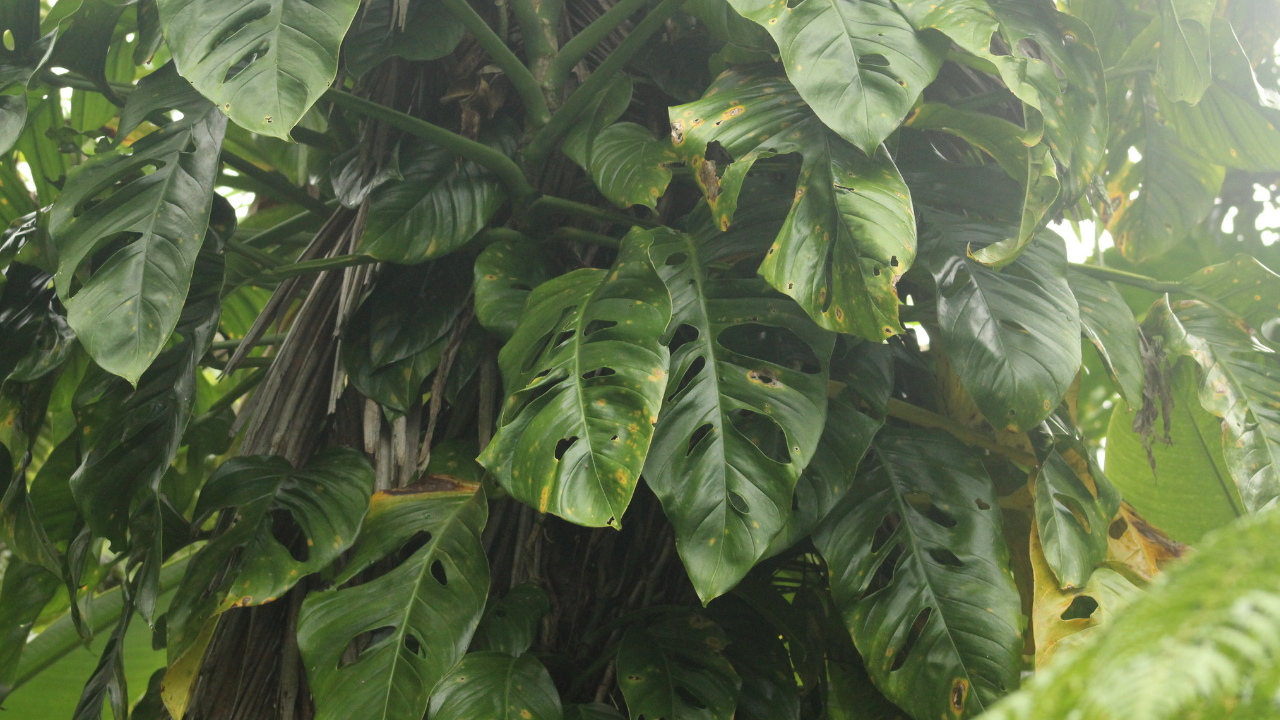
The Swiss Cheese plant has been a household decoration ever since its rise to fame inside the Nineteen Seventies, nevertheless that gained’t stop from excessive discomfort in case you eat it. Oral irritation, swelling of the mouth, vomiting, and burning are all widespread indicators, for individuals and animals.
Strategies to Spot It:
- Swiss Cheese Crops get their names from the holes found of their large leaves, resembling a block of Swiss cheese.
- The holes might break by means of to the outer edges of the leaves.
- The leaves can develop as a lot as 1m prolonged.
- It is a climbing half.
Easter Lily
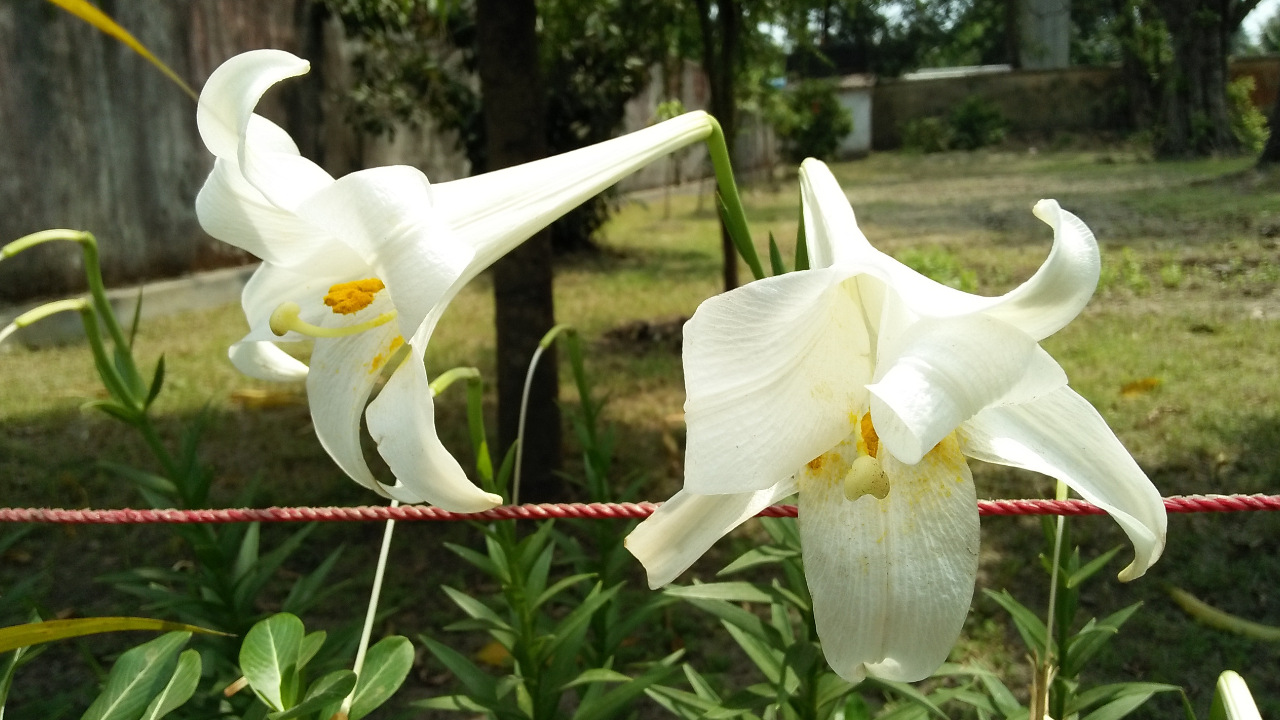
Easter Lily crops are very pretty and make good additions to any residence throughout the Easter trip season; other than homes with cats. Vomiting, kidney failure and even dying are an opportunity for a cat that nibbles on an Easter Lily. Folks could even endure irritations and an allergic response if consumed. Eat one factor else.
Strategies to Spot It:
- Easter Lilies have tubular flowers 3-7 inches prolonged, with overlapping petals in a trumpet type.
- They’re sometimes bought in a wide range of colors, along with white, yellow, cream or pink.
Mistletoe
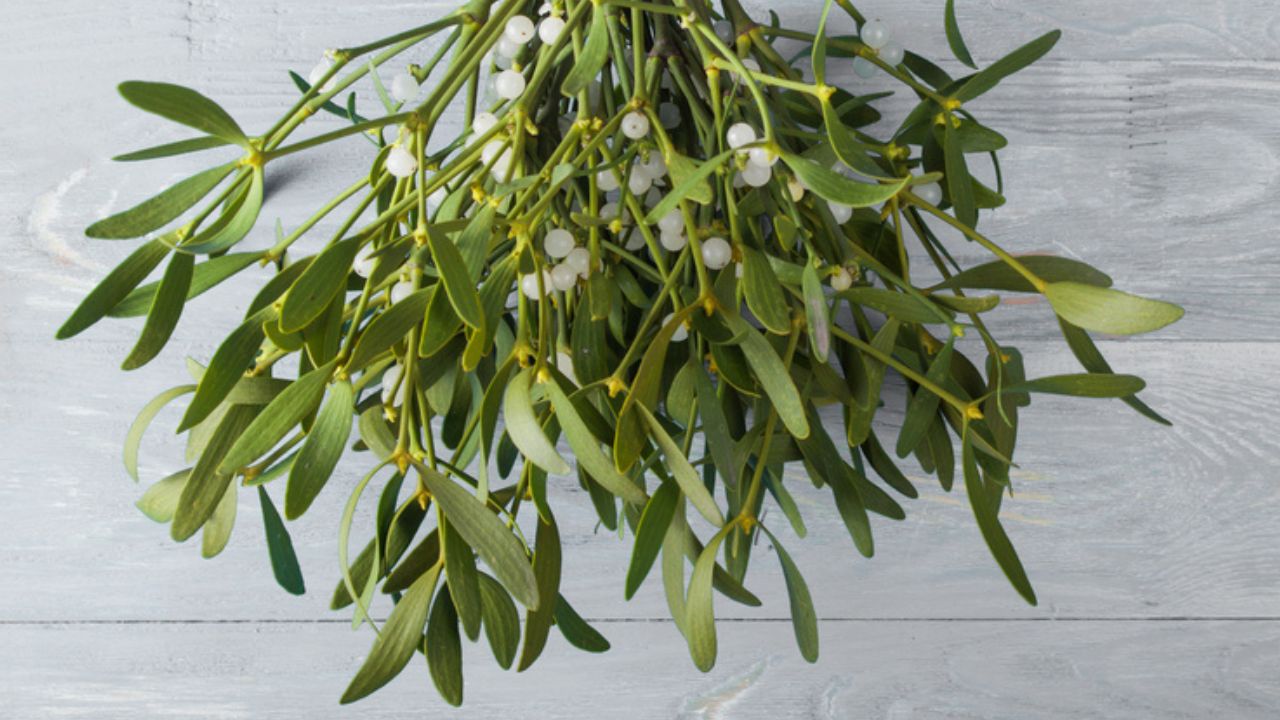
Regardless of which kind of Mistletoe you have gotten, it’ll be poisonous in some kind; that’s due to the toxic protein, phoratoxin. So be warned, subsequent Christmas, don’t give into your intrusive concepts and have a munch instead of a kiss beneath the mistletoe.
It’s attainable you’d endure no indicators, however it’s moreover attainable you’d endure gastrointestinal indicators and vomiting. No thanks!
Strategies to Spot It:
- Small inexperienced shrub, with spherical white balls rising from the stems.
- Oval, evergreen leaves that develop in pairs.
- Skinny, rounded, inexperienced stems.
